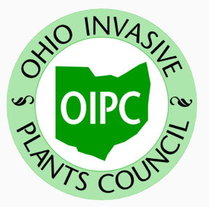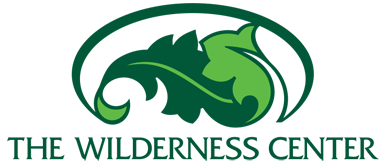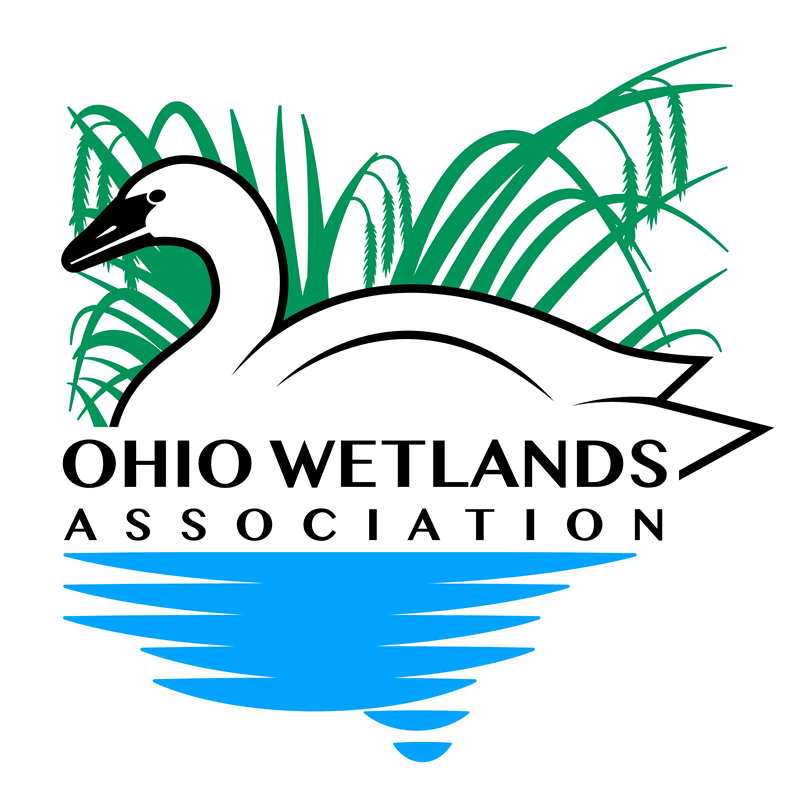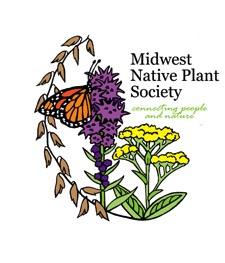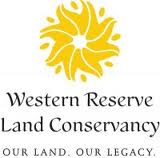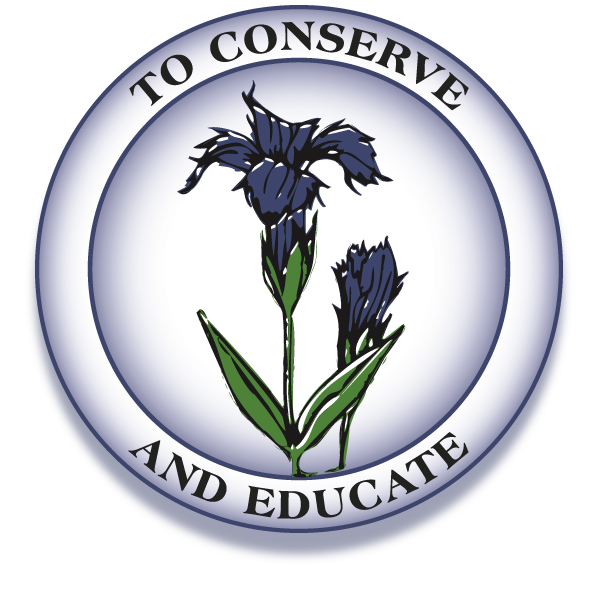
Field Notes
Native Plant Society of Northeastern Ohio
Ferns and Wetland Flora of Snow Lake
14 August 2021
narrative by Judy Barnhart
After a week of rain, the wetlands of the Snow Lake lived up to their name, filling right up to the edge of the depression along the trail’s edge. Acting like sponges they absorbed the numerous heavy rains from the week, preventing flooding as seen in many northeast Ohio developed properties. Known by some as the Cuyahoga wetlands, 1,000 acres of wetland communities, including shrub swamps, sedge meadows, bog forest, bogs, fens and vernal pools, are protected by several conservation agencies including: The Nature Conservancy, Geauga Park District, Cleveland Museum of Natural History, and Ohio State Parks. The adjacent City of Akron’s 18,000 acres of wetland along the Cuyahoga River protect their water supply.
Our hike began by looking at a glacial geology map of Geauga County. The wetland complex formed between two lobes of the Wisconsin glacier as it was receding 13-17,000 years ago. Sand and gravel outwash buried blocks of broken glacial ice in an old river channel, creating kettlehole bogs as they melted, such as Punderson Lake, Lake Kelso, and Snow Lake. Protected since the 1920’s by the former Snow Lake Hunting and Fishing Club, then later by the Holzheimer family as they bought out former members, Snow Lake’s pristine character has been recognized by conservation agencies for years. The first bald eagle nest in Geauga County was perched in a white pine before being blown down by high winds. I had the special opportunity to monitor the nest as a naturalist for the Geauga Park District. Sandhill cranes nest in the marshes in spring.
After a brief stop at a wetland overlook introducing more common wetland species, silky dogwood, meadowsweet, Angelica, arrowhead, mild water pepper (one of the smart weeds), Joe-pye weed, great blue lobelia, we met up with the Holzheimer family by the lodge who shared, stories of growing up on the property. One particularly entertaining story involved a visit by Jim Bissell and his friend who studied Sandhill cranes in Idaho. A pair of adult cranes emerged from the marsh with their chick between them. They proceeded to teach it how to catch insects and fly right outside the lodge window. It was the first time the researcher had seen a crane in person.
photograph of great blue lobelia, Lobelia siphilitica, courtesy of Sharon Schnall, 2021
We then strolled through the upland forest looking for woodland ferns including: lady, New York, Christmas, and two species of wood ferns. Royal Fern occupied the edge of a woodland vernal pool.
We reached the stone cabin, the first building on the property constructed in 1917 with sandstone blocks made with a Sears and Roebuck block-making kit utilizing glacial sand from the property. The original access point Club members who rode the Interurban railway from the suburbs then walked in over a wooden foot bridge was shared.
photographs of mild water pepper, Polygonum hydropiperoides, courtesy of Sharon Schnall
Bracken fern occupied the transition zone between the uplands and the kettlehole bog. The wetlands had great example of cinnamon, sensitive, marsh, and crested ferns.
Along the board walk we admired within arm’s reach swamp thistle, skunk cabbage, rough-leaved goldenrod, bur reed, two species of cattails (one native, one invasive), marsh bedstraw, arrowhead, arrow arum, false nettle, dodder, speckled alder, silky dogwood, buttonbush while keeping our feet dry.
photograph of swamp loosestrife, Decodon verticillatus, courtesy of Sharon Schnall, 2021
photograph of swamp thistle, Cirsium muticum courtesy of Sharon Schnall, 2021
At the dock we discussed bog formation, pointing out Decodon verticilatus or swamp loosestrife that arches out, rooting at the tip growing the shrub swamp community towards the center of the lake. Duck weed, water-meal, and coontail were floating on the water surface. More acid loving bog species are found on floating mats in nearby Fern Lake. Across the lake lies Lucia Nash Preserve previously known as White Pine Bog Forest a National Natural Landmark, also owned by the Nature Conservancy, has many rare plants. The nice diversity of wetland plants have taken up residence in this glacial kettle hole as mineral rich waters flow in changing the water chemistry. Very few invasive species are competing with the native species.
Lucia Nash Preserve is open to the public April to November with 1½ mile of walking trails including a dock overlooking Snow Lake. Stop out and enjoy this wonderful preserve.
Judy Barnhart
PDF Print Version
Additional Field Note Readings
Kent State Nature Preserve & Extension, 23 June 2018
Wetlands Walk at Punderson State Park, 8 August 2018
Native Plant Society of Northeastern Ohio, Ferns and Wetland Flora of Snow Lake created 11.ix.2021
narrative: Judy Barnhart; photographs: Sharon Schnall; layout: Lisa K. Schlag





